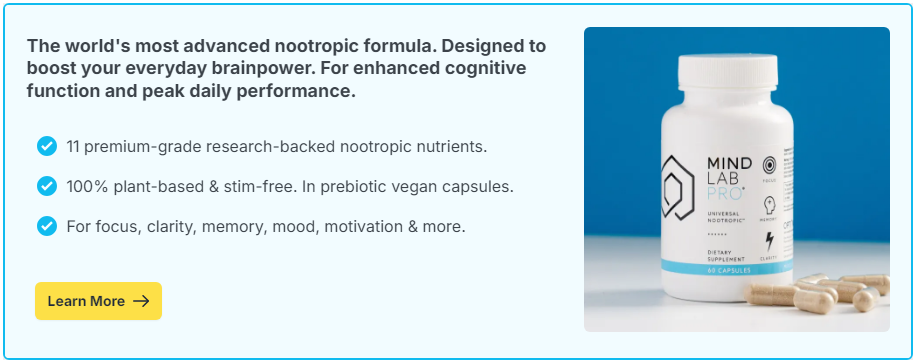
For years, I believed that the longer I worked without stopping, the more I would accomplish. If I had a big project, I’d sit down for hours on end, telling myself I was being disciplined. The reality? My focus would fizzle out, mistakes would creep in, and by the end of the day I was drained with less to show for my time than I expected.
It wasn’t until I started experimenting with shorter work sessions that I realized something surprising – doing less at a time actually helped me get more done overall. Now, instead of marathon hours at my desk, I work in concentrated bursts followed by short breaks. The result? Higher quality output, more energy, and fewer mental slumps.
Contents
The Myth of Endless Focus
Science backs up what I experienced firsthand: humans aren’t built for sustained, unbroken concentration. Studies on attention span suggest that focus starts to decline after 30–60 minutes of intense work. Past that point, the brain’s efficiency drops, and you spend more energy fighting distractions than making progress.
Worse, long stretches without rest can lead to mental fatigue, where decision-making and problem-solving ability decline. That means the last half of a long work session is often less productive than the first – sometimes dramatically so.
The Switch to Shorter Sessions
Instead of working until my brain tapped out, I began following a structured interval approach. My version is loosely based on the Pomodoro Technique but with more flexibility. Here’s how I adapted it:
- Set a focus block: 45 minutes of uninterrupted work. No emails, no phone, no multitasking.
- Take a real break: 5–10 minutes away from the desk. I stretch, walk around, or just let my mind wander.
- Repeat with intention: After two or three focus blocks, I take a longer break of 20–30 minutes before diving back in.
This structure gives my brain the rest it needs to stay sharp, while the time limits keep me motivated to work efficiently during each session.
Why It Works So Well
- Higher quality work: Knowing I have a limited time window makes me less likely to procrastinate and more likely to concentrate deeply.
- Better retention: Short breaks help consolidate information in memory, making learning and creative thinking more effective.
- Reduced burnout: Frequent pauses prevent mental fatigue from building up to the point of exhaustion.
- Clear boundaries: Shorter sessions make it easier to track progress and know when it’s time to step away.
What I Noticed After a Few Weeks
Within the first week, I realized I was completing tasks faster without feeling rushed. By week three, my afternoons – once my least productive time – had become some of my best working hours. The breaks didn’t “cost” me time; they paid me back in better focus and fewer mistakes.
The Role of Mental Readiness
Of course, shorter sessions still require strong focus during the work blocks. To make sure my brain is ready for each one, I started optimizing my mornings with better sleep habits, hydration, and brain-supportive nutrition. One change that made a difference was adding Mind Lab Pro to my routine. Its blend of citicoline, lion’s mane mushroom, and bacopa monnieri supports clarity, memory, and processing speed – qualities that make those 45-minute sessions highly productive.
Tips for Trying Shorter Work Sessions
- Experiment with different lengths – start with 25–50 minutes and adjust based on your focus levels.
- Plan your breaks in advance so they don’t stretch too long.
- Use breaks for activities that refresh you – stretching, light movement, or stepping outside.
- Track how much you accomplish during focus blocks to see your improvement over time.
- Protect your focus time by silencing notifications and closing unnecessary tabs.
Working smarter isn’t about squeezing more hours into the day – it’s about making the hours you do work count. Shorter, focused sessions have given me better results in less time, with more energy left over for everything else in life. The change is simple, but the difference in productivity and mental clarity is huge.

